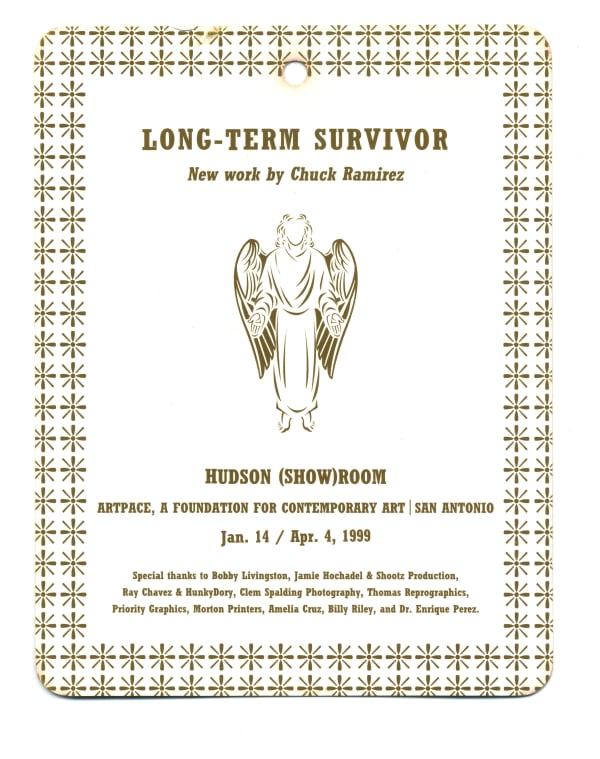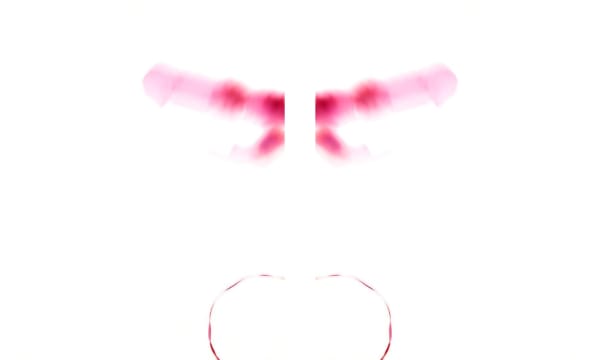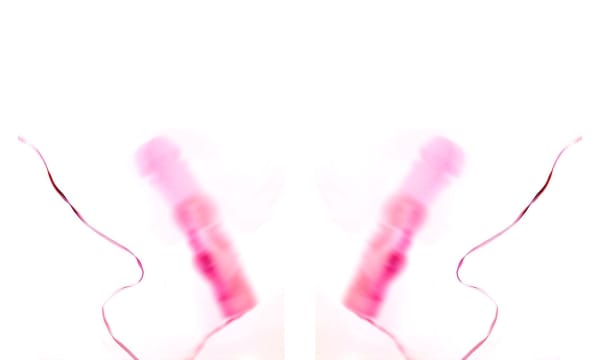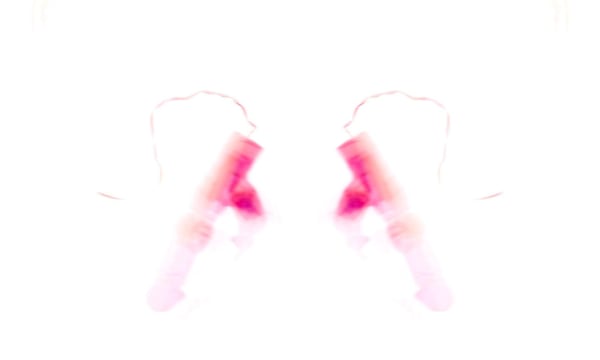-
Chuck Ramirez: Long-Term Survivor (1962-2010)
The Armory Show -
This year The Armory Show will focus its special programming on Latinx and Latin American art. Selected by Carla Acevedo-Yates, curator at the Museum of Contemporary Art Chicago, Ramirez’ exhibition Long-Term Survivor will be recreated for the first time in its entirety since the original 1999 exhibition in The Hudson Showroom at Artpace in San Antonio, Texas.
-
“Chuck’s 1999 exhibit, Long-Term Survivor, was perhaps one of the most personal series that he created. Ramirez belonged to what would be considered the second generation of gay man that tested positive for HIV, the generation after the epidemic that began to be detected in the 1980’s. Having been diagnosed with HIV in 1990, Ramirez struggled with treatments until the late ‘90s, during which time protease inhibitors and other post-AZT cocktail treatments began lengthening the lives of the positive."
- Patricia Ruiz-Healy, Ph. D., "Chuck Ramirez : A Minimalist Maximalist (1962-2010)," Chuck Ramirez: Metaphorical Portraits, Ruiz-Healy Art, 2020. -

Chuck Ramirez
Long Term Survivor: Cocktail, 1999“I started to live after I found out that I was HIV positive,” Ramirez said. He created Long-Term Survivor (1999) shortly after his diagnosis. The project— which included photographs of leather chaps, a plastic pill box, and a video of a rotating silver cock ring– bravely and unapologetically examined sexual desire and the will to live in the age of AIDS. Ramirez said that much of his work revolved around his queer identity, and his health struggles infused his photographs with a quiet sensitivity to the impermanence of life. As writer Sarah Fisch said, “His mortality was no abstraction. For Chuck, death was a motivator, a commentator, a constant."
-

Chuck Ramirez
Long-Term Survivor: Chaps, 1999“I use the chaps as a metaphor for skin or flesh. A type of protective barrier from inner to outer. When one becomes HIV+, one is always dealing with the idea of the issues of safe sex. You lose the spontaneity and safety of it, yet the desire is always there.”
- Chuck Ramirez -
-
"In the piece titled Rabbit Pearl Ramirez uses the image of a female vibrator, altering it until it has become visually intangible. The vibrator has been digitally transformed into a wafty pink fuzzy microbe looking object that could be representative of the virus itself. Often times in science and art, the closer we examine a thing, the more abstract it becomes. Ramirez solicits the audience through the use of factual moments that direct specific ideas. For example, Ramirez uses these fetish objects to portray sexual desires. They conjure a specific feeling and empathy."
- “Chuck Ramirez” by David McCall Freeman, 1999 Review of Long-Term Survivor exhibit. -

Chuck Ramirez
Long Term Survivor: Dancing, No Cover, 1999"Dancing, No Cover presents three separate video images of a revolving, metal ring. As an art motif, the circle has symbolized many things, from the womb to the creation of the world. The metal ring as an object also suggests, to some viewers, a wedding ring or a cockring. Both are instruments of commitment. The first enforces state-sanctioned marriage vows,and the second artificially perpetuates a state of arousal. Like the title, these graceful, asynchronous videos invite multiple readings but privilege none."
- John Ewing, "Of Cocktails and Cockrings, Chuck Ramirez at Artpace" San Antonio Current, 1999.Image credit: Chuck Ramirez: All This and Heaven Too, 2017, McNay Art Museum, San Antonio, TX -
ABOUT THE ARTIST
Learn MoreChuck Ramirez was a major force in the San Antonio art community before his untimely death in a 2010 cycling accident. A 2002 Artpace artist in residence, Ramirez’ work has been exhibited nationally and internationally. In 2012, The Smithsonian American Art Museum purchased Ramirez’ limited edition large-format photograph, Seven Days: Breakfast Tacos, for the institution’s permanent collection. During the winter of 2017, the McNay Art Museum exhibited the first significant survey of his work in the exhibition Chuck Ramirez: All This and Heaven Too. Ramirez’ work has been recently acquired by the Whitney Museum of American Art, New York, NY and the Blanton Museum of Art, Austin, TX.
As an artist and art director, Ramirez processed and deconstructed the media world in which he lived. Using typography and digital imaging technology, Ramirez isolates and recontextualizes familiar objects and texts to explore the human condition. Always personally relevant, Ramirez explored cultural identity, mortality, and consumerism through his photographs and installations; his work subverted stereotypes of those who cross cultural boundaries. Ramirez resurrects waste—photographing filled garbage bags, dying flowers, and battered, empty piñatas—reflecting on the fleeting nature of human existence. Working with materials and images that were part of his daily life—a life impacted by being HIV positive—he transformed the language and power of advertising into a call for action and compassion, expression, and self-actualization.
The Armory Show: New York City
Past viewing_room











